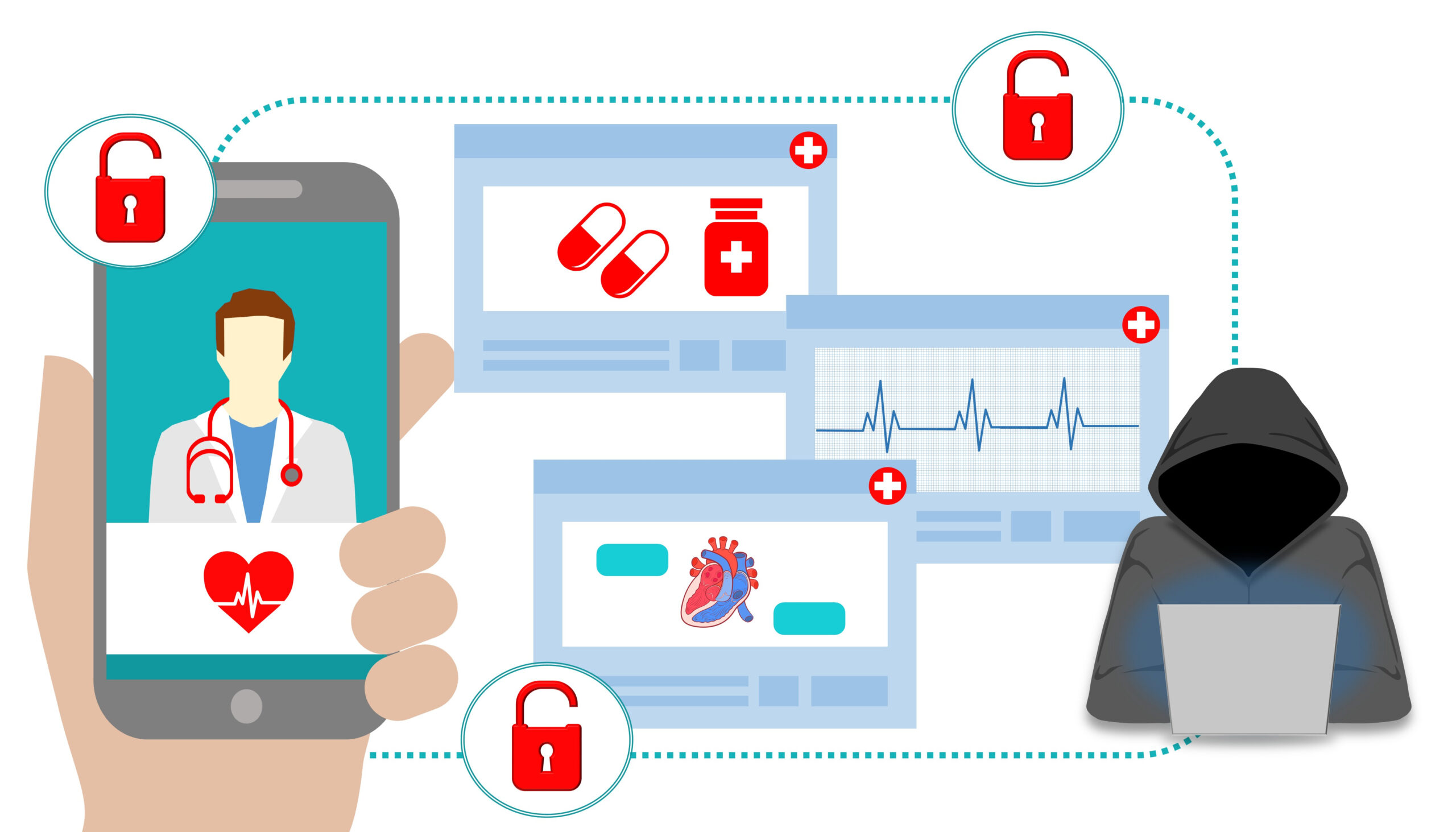Hospitals, ORs fear ransomware fallout from Ukraine invasion

Hospitals and health systems know they are attractive targets for cybercriminals. When lives are at stake, and the victims are often insured, ransomware gangs can expect a quick and easy payout. But since the Russian invasion of Ukraine on February 24, hospitals have had to face a new reality: The…
New machine learning models predict adverse postop abdominal hernia surgery outcomes
Editor's Note Machine learning (ML) models designed by surgeons at the University of Texas MD Anderson Cancer Center in Houston show a high level of accuracy in predicting which types of patients are most likely to have a hernia recurrence or other complications after surgery in this study. Of 725…
Researchers develop highly accurate 30-second COVID-19 test
Editor's Note Researchers at the University of Florida (UF) have helped develop a testing device that can detect COVID-19 infection within 30 seconds, with the sensitivity and accuracy of a PCR test. The hand-held device is powered by a 9-volt battery and uses test strips similar to those used in…
The Joint Commission announces new Direct Data Submission Platform
Editor's Note The Joint Commission, on March 30, announced that it had contracted with Dynamic Health IT to help develop a new Direct Data Submission Platform (DDSP) and electronic clinical quality measure (eCQM) engine. The DDSP will facilitate submission of quality measurement data directly to The Joint Commission from approximately…
Impact of supply chain crisis on surgical services
What happens when global supply chains—which are already typically operated lean across the board—are hit with a once-in-a-century pandemic? An ongoing, collective lesson in economics. The problem is not hard to understand: COVID-19 shutdowns brought manufacturing to a near standstill, during which time the demand for goods increased, and now there…
Establishing service lines in ambulatory surgery centers
The effects of the COVID-19 pandemic on the healthcare industry could fill an entire academic curriculum at this point, let alone a single article. But one potential silver lining among the storms of bad news is the increasing migration of elective procedures from hospitals to ambulatory surgery centers (ASCs). Although…
Johns Hopkins robot performs first laparoscopic intestinal anastomosis without human help
Editor's Note The Smart Tissue Autonomous Robot (STAR), designed by a team of researchers at Johns Hopkins University, has performed laparoscopic intestinal anastomoses in four experiments on pig tissue without human help. The robot outperformed surgeons using manual-laparoscopic and robot-assisted surgical techniques in the consistency of suture spacing and bite…
Creating work schedules with AI reduces physician burnout
Editor's Note Artificial intelligence (AI)-based scheduling significantly improved physician engagement and reduced burnout, in this study presented by Ochsner Health researchers, January 28, at the American Society of Anesthesiologists’ ADVANCE 2022, the Anesthesiology Business Event, in Dallas. The AI-based scheduling software, which created fair and flexible schedules that supported work-life…
Integrated data, insights lead to cost, time savings for OR staff
In 2020, supply costs were once again reported as one of the greatest line-item expenses in a hospital, exceeding labor expenses. US hospitals have most recently reported a combined $36 billion in medical and surgical supply costs. These expenses account for more than half of a hospital’s total supply costs.…
Patient safety and the “Internet of Medical Things (IoMT)”
With all of the advantages that come from electronic health records and connected devices, some distinct security risks also exist. Healthcare is seeing these risks grow in the form of ransomware, phishing attacks, and cybersecurity breaches. Healthcare has become one of the industries most vulnerable to cyberattacks, and one with…

 Free Daily News
Free Daily News